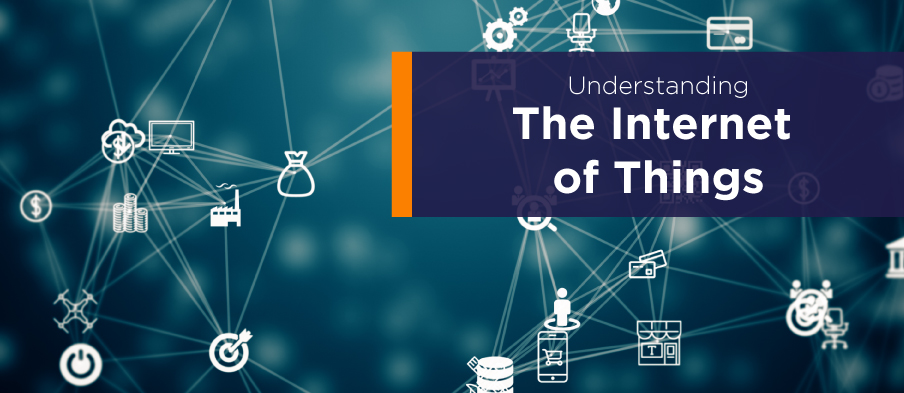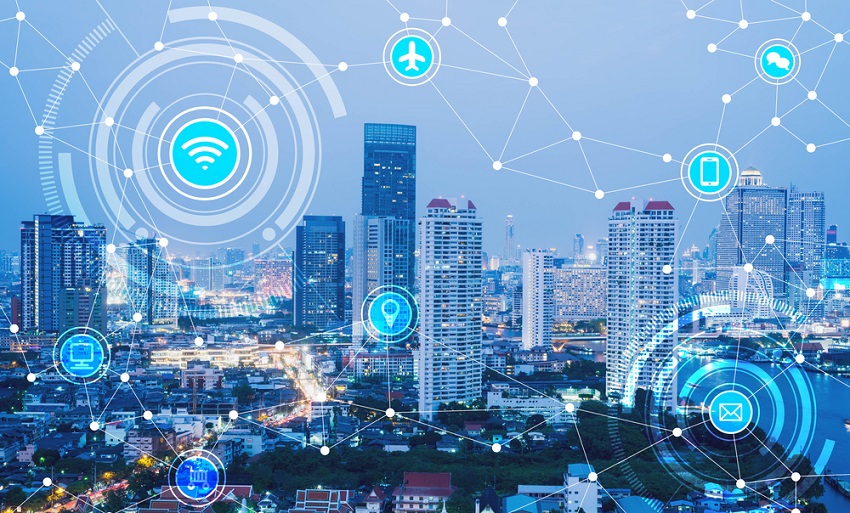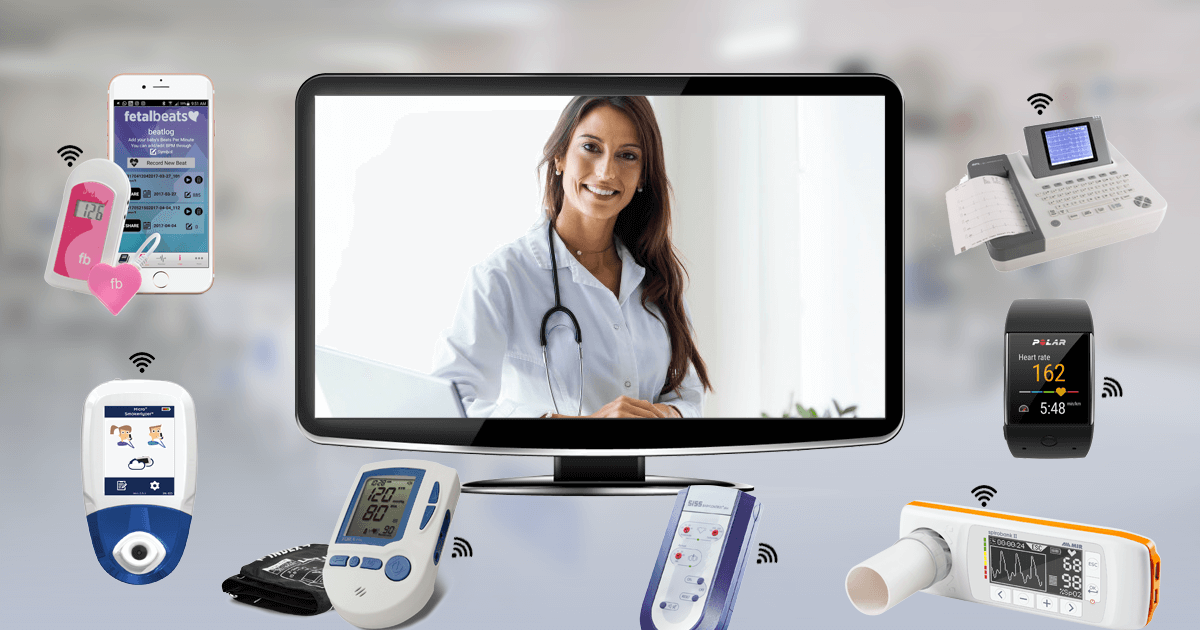The Internet of Things: Connecting Our World Like Never Before
The Internet of Things (IoT) is a revolutionary technology that has the potential to transform the way we live and work.
"The
Internet of Things (IoT) refers to the interconnection of uniquely identifiable
embedded computing devices within the existing Internet infrastructure"
(Atzori et al., 2010).
In simple
terms, the IoT refers to the network of physical devices, vehicles, home
appliances, and other items that are embedded with sensors, software, and
connectivity, enabling them to exchange data and perform actions without human
intervention.
"IoT
can be seen as a paradigm for a future Internet where objects and devices in
the physical world are seamlessly integrated into the global network, enabling
anytime, anyplace connectivity for anything and anyone" (Shrouf et
al., 2014).
The growth
and potential of the IoT industry are staggering. According to a report by
Business Insider Intelligence, the number of IoT devices is expected to reach
64 billion by 2025, up from 10 billion in 2018. This explosion of connected
devices is already transforming industries such as healthcare, agriculture, and
transportation, and it's just the beginning.
"The
Internet of Things is the next stage of the information revolution, connecting
everything from urban transport to medical devices. It promises to bring
greater efficiency to our cities, workplaces and homes, and to help us all lead
healthier lives." – Eric Schmidt, former CEO of Google.
IoT
involves a network of physical devices that are embedded with sensors,
software, and connectivity capabilities, enabling them to collect and exchange
data with other devices and systems. These devices can range from household
appliances, wearables, and smart meters, to industrial equipment, vehicles, and
infrastructure.
For
example, a smart thermostat equipped with temperature and humidity sensors can
collect data about the environment and send it to a central server for analysis.
Based on the analysis, the server can adjust the thermostat settings to
maintain the desired temperature and save energy.
To enable
these applications, IoT systems typically involve multiple layers of
technology, including edge devices, network gateways, cloud-based platforms,
and applications. The complexity of IoT systems means that careful planning and
design are needed to ensure that devices and networks are interoperable,
secure, and scalable.
Overall, IoT works by creating a network of interconnected devices that can share data and insights to enable a wide range of applications and benefits.
Real-World Applications of IoT
The
potential applications of IoT are endless.
In healthcare, IoT is being applied in the following ways:
Remote
patient monitoring: IoT devices such as wearables and medical sensors can be
used to remotely monitor patient health, collect data on vital signs, and track
medication adherence. This allows healthcare providers to detect and respond to
potential health issues before they escalate and can improve patient outcomes.
Personalized medicine: IoT devices can collect data on patients' health behaviors, such as exercise habits, sleep patterns, and dietary intake. This information can be used to develop personalized treatment plans and medication regimens that take into account a patient's unique needs and circumstances.
Hospital
management: IoT devices can be used to track equipment usage, optimize
workflow, and reduce the risk of hospital-acquired infections. For example,
IoT-enabled sensors can track hand hygiene compliance among healthcare workers
and alert staff when handwashing is needed.
Telemedicine: IoT devices can enable remote consultations and virtual visits between patients and healthcare providers. This is particularly useful for patients in rural or remote areas who may have limited access to healthcare services.
In
transportation, IoT-enabled vehicles and infrastructure can communicate with
each other and with traffic management systems to improve safety, reduce
congestion, and increase efficiency. It is being used in :
Smart
traffic management: IoT devices can be used to monitor traffic flow and
congestion, and adjust traffic lights and road signs accordingly to optimize
traffic flow. This can reduce traffic delays, save fuel, and reduce emissions.
Fleet
management: IoT devices can be used to track the location, speed, and
performance of vehicles in a fleet, allowing fleet managers to optimize routes,
reduce fuel consumption, and schedule maintenance more efficiently.
Predictive
maintenance: IoT devices can collect data on the performance of vehicles and
predict when maintenance is needed. This can reduce downtime and improve
safety.
Connected cars: IoT devices can be embedded in cars to provide drivers with real-time information on road conditions, weather, and traffic. This information can help drivers avoid accidents and reduce fuel consumption.
Autonomous vehicles: IoT devices are a critical component of autonomous vehicles, which use sensors and connectivity to navigate roads and interact with other vehicles and infrastructure.
Freight logistics: IoT devices can be used to track the location and condition of freight in transit, providing real-time visibility into the supply chain and improving logistics and delivery operations.
However, implementing IoT systems also poses challenges, such as data privacy and security concerns, interoperability issues, and infrastructure requirements.
The Impact
of IoT on Society
The potential impact of IoT on society is significant. It can help reduce energy consumption, improve safety and health outcomes, and create new business models and revenue streams. However, it also poses risks, such as data breaches, loss of privacy, and potential job displacement.
As IoT devices collect and transmit sensitive data, it's essential to ensure that proper security measures are in place to protect the data from unauthorized access or theft. Additionally, ensuring interoperability among different IoT systems is crucial for enabling seamless communication and data exchange.
The Future of IoT
The future of IoT looks promising, with emerging trends and technologies such as edge computing and 5G connectivity. Edge computing enables IoT devices to process data locally instead of sending it to a central server, reducing latency and improving efficiency. 5G connectivity provides faster data transfer and lower latency, enabling more advanced and sophisticated IoT applications.
As IoT continues to mature and evolve, it's essential to address the challenges and risks associated with the technology while unlocking its potential for creating a better and more connected world.
Conclusion
The Internet of Things is a game-changer for businesses, governments, and individuals alike. It offers significant opportunities to improve efficiency, safety, and sustainability while creating new revenue streams and business models. However, implementing IoT systems also poses significant challenges that need to be addressed, such as data privacy and security concerns and infrastructure requirements.By addressing these challenges and leveraging emerging technologies, we can unlock the full potential of IoT and create a better, more connected world.














Comments
Post a Comment